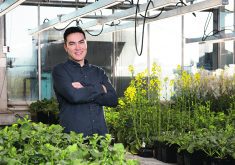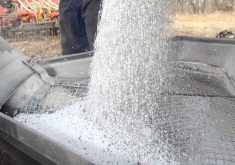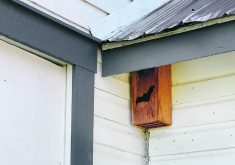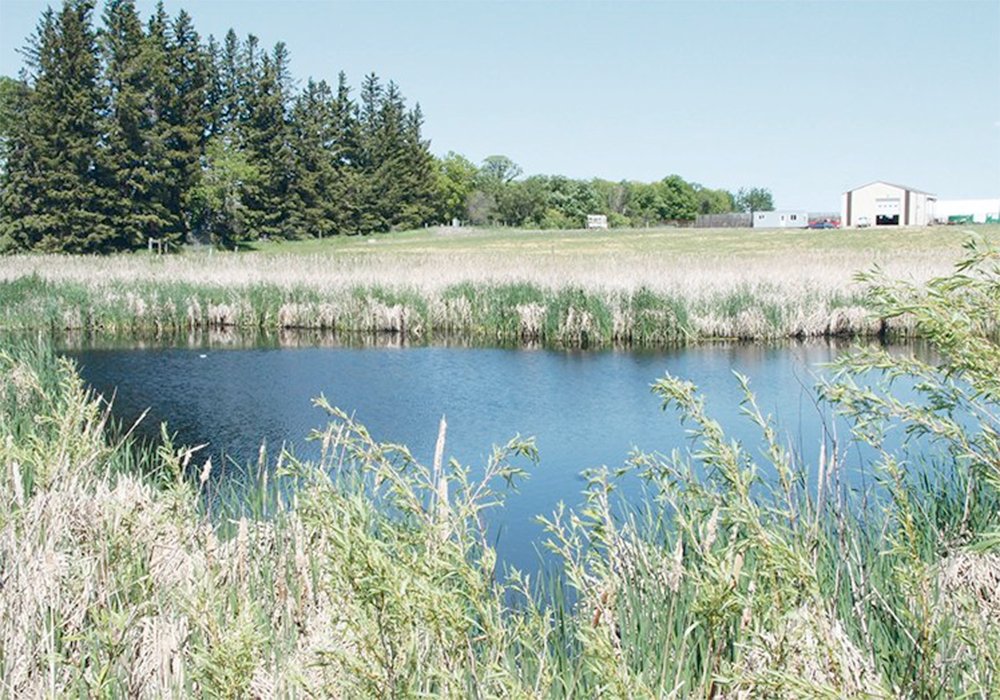The area around Leamington, Ont., has a large number of greenhouses.
Environment Canada believes those greenhouses, which produce vegetables such as tomatoes, cucumbers and peppers, are contributing to high levels of insecticides in surface water in the surrounding area.
Environment Canada scientists collected surface water samples from 15 locations across Ontario in 2012-14, including a creek and a drain near Leamington.
The scientists were monitoring the water for neonicotinoids, such as imidacloprid, which is applied to fruit and vegetable crops in Canada.
The Sturgeon Creek test site near Leamington in southwestern Ontario had an average imidacloprid concentration of 1,390 nanograms per litre, more than five times the government threshold of 230 nanograms per litre.
Read Also

U.S. government investigates high input costs
The USDA and DOJ are investigating high input costs, but nothing is happening in Canada.
The same site had a maximum detection of 10,400 nanograms per litre.
“This area of southern Ontario is also home to the largest concentration of commercial greenhouses in North America,” said an Environment Canada study on neonicotinoids in surface water in Ontario, which is available online here.
“In addition, 4.6 percent of the Sturgeon Creek watershed is dedicated to field tomato production.”
Environment Canada also detected high levels of imidacloprid in a creek in the Niagara region, home to vineyards and orchards that rely on the insecticide.
As well, the study said the presence of imidacloprid in surface water was “strongly correlated with greenhouse activity, vegetables and other agriculture including vineyards and orchards.”
An Ontario Greenhouse Vegetable Growers spokesperson said imidacloprid is used as drench on greenhouse tomatoes, cucumbers and peppers, but it can be used only once per growing season.
“Most greenhouse vegetable farmers invest heavily in biocontrols, good bugs to eat the bad bugs,” said Justine Taylor, science and government relations manager with the vegetable growers association.
“Imidacloprid is very tough on biocontrols, so it would be used as a last resort.”
It’s not clear that insecticides applied in a greenhouse are responsible for high levels in local streams because many crops are grown in the area around Leamington.
“It would be difficult to pinpoint the source without further analysis,” Taylor said.
“While historically there have been cross connections, modern vegetable greenhouses operate on a closed loop system.”
The PMRA has proposed a ban on all agricultural uses of imidacloprid in Canada because of potential risks to aquatic insects.
However, if the problem is related to vegetable, fruit and greenhouse production in specific parts of the country, maybe Health Canada could introduce regulations that target that sector.
“I think that could be a possible outcome,” said John Struger, lead author of the Environment Canada study.
”But that would be for the regulatory agency to look at and work with producers to reduce that risk.”
















